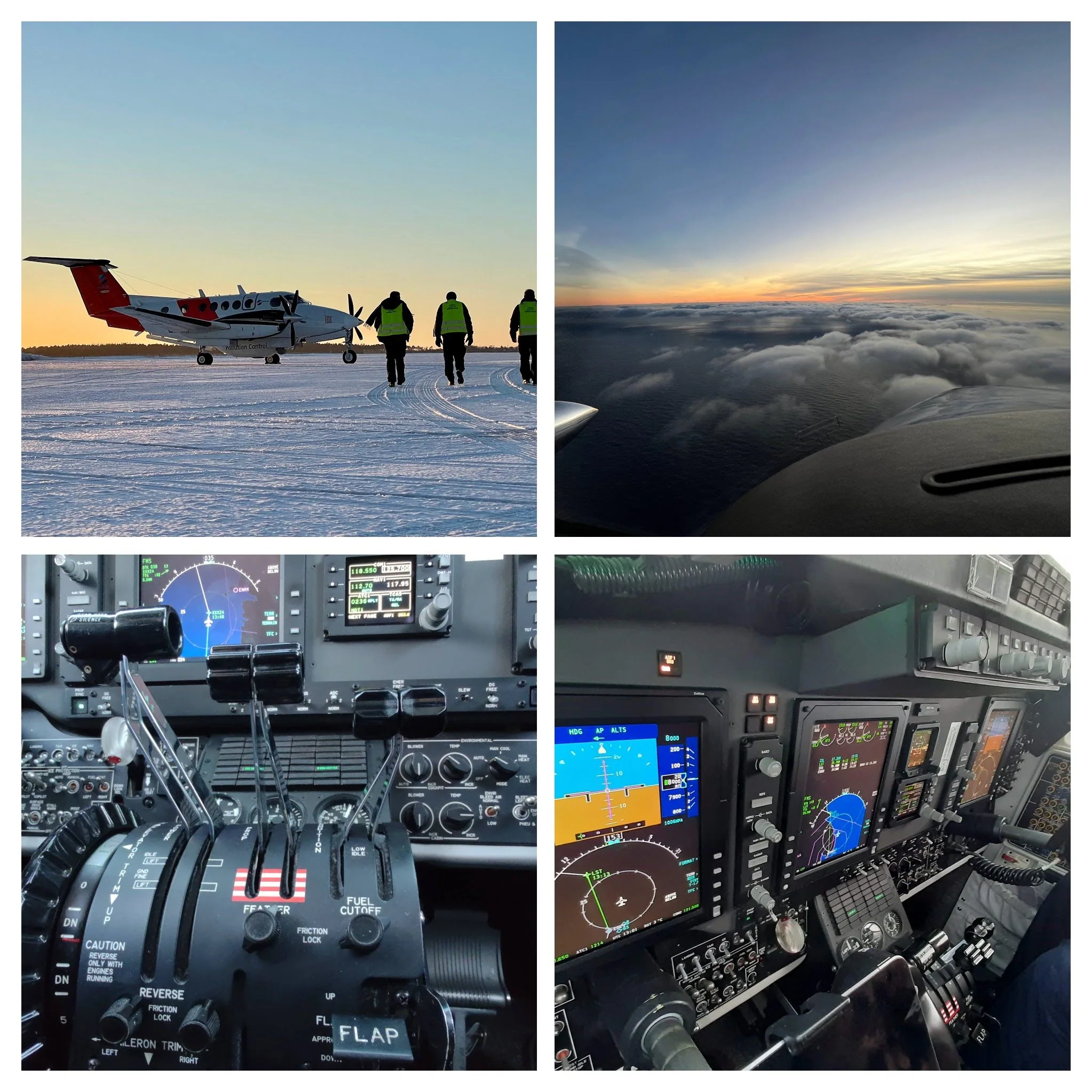Welcome to the Spot!
Your go-to place for exploring the fascinating theories behind aviation. Dive into articles, resources, and discussions.
Latest Insights
Check out the blog for the newest articles and theories discussed.
What You'll Find Here
This website is dedicated to providing clear, concise, and engaging content about aviation theory. Whether you're a student pilot, an enthusiast, or a seasoned aviator looking to refresh your knowledge, you'll find valuable information here.
- In-depth articles on aviation subjects.
- Lists of useful aviation resources.
- Interactive flash cards and question banks.
- And much more!

Prepare for Your ATPL Exams!
Ace your Human Performance and Limitations ATPL exam with this application! You'll get 120 syllabus-tailored questions, each with clear explanations, and I'm adding more all the time. Plus, master key concepts with the flashcard option, directly linked to the subject's learning objectives.